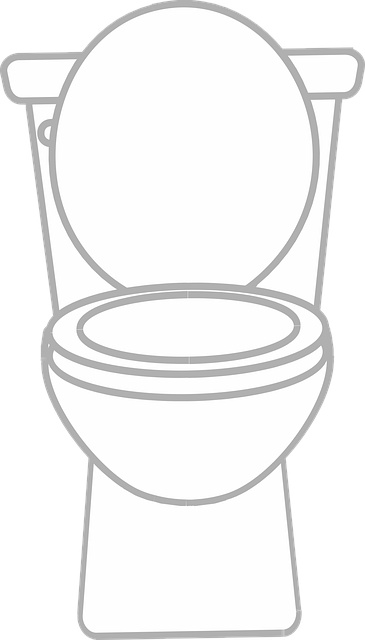Saving water is one way we can help protect our environment. One essential area of the house that uses a lot of water is the toilet. So, what can be done to reduce the amount of water each time we flush? Have you thought about switching to a pressure-assist toilet? Here’s how they work:

On the outside, a pressure-assist toilet looks much like a standard toilet. However, the inside of the tank looks quite different. An air-filled pressure container is fitted into the tank. Compressed air forces water into the toilet bowl each time it is flushed. The power of the flush means that less water is used than a standard toilet. An added bonus is that the force of the flush helps to dislodge trapped waste, reducing the risk of blockages.
Pressure assist toilets are becoming more common in new homes, but what about an older home? They can be fitted into older homes as well. In fact, they may help reduce the number of blockages which can be a problem in homes with old pipework. The way the tank is designed also prevents condensation from accumulating which would be beneficial in an older house.
As always, before deciding if a pressure-assist toilet is a good idea for your home, consider whether there are any disadvantages. For example, to function properly, a pressure-assist toilet will need around 20 to 30 PSI, so if you have low water pressure, it may not be for you. Plus, while these types of toilets do not require a great deal of maintenance, they may cost you more to buy and install.


